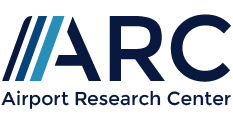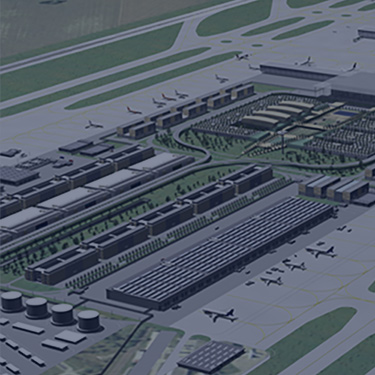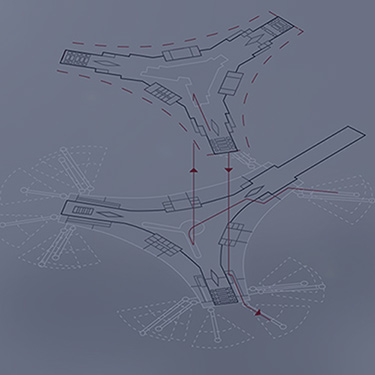ARC provides capacity planning and assessment, analysis and capacity optimization services for all relevant airport system components considering aircraft and vehicle traffic as well as the passenger and baggage flows.
In general Airport Capacity Planning and Assessment defines all activities related to the capability of an airport system to handle a certain demand in flight and passengers.
The overall objective is the demand-oriented, balanced and sustainable use and development of infrastructure and operational procedures, taking into account economic, environmental and qualitative corporate objectives.
Further it comprises the long term strategic planning and development of the infrastructure, the medium term and tactical adaptation and the short term and operational optimization.
Typical objectives and goals of Airport Capacity Planning and Assessment
- General determination of current and future capacities as a baseline for planning or legal procedures
- Dimensioning of required infrastructure for a predicted demand: When to build? What to build? How to build?
- Balancing of the capacity of different airport elements: Runways, Airside, Terminal and Landside
- Evaluation of the influence on capacity due to new rules and regulations
- Identification of ‘hidden ‘ capacity, i.e. extension of capacity with limited investments
- Balancing demand and capacity
- Bottleneck detection: Which part of the airport is limiting the capacity?
- Declaration of the capacity for the slot coordination process.
- Expert reports for planning process and authorities
- Adequate downscaling for times of less demand (COVID-19 measures)



















